Huntingdon Academy’s Teaching and Learning Principles: At Huntingdon, we believe that, for the children to get the best possible provision, the provision that they deserve, the following at the very least needs to be delivered by our professionals with the commitment to build on these foundations and try new approaches to achieve the best possible outcomes for all.

Classroom
• Reading areas that are inviting, neat and well organised
• Surfaces that are clutter free, including pupils tables and teaching spaces, such as under the whiteboard
• Equipment around the classroom that is labelled, well organised and easily accessible
• The wider Curriculum display book on an easel on the entry to the classroom.
Displays
• Displays that are of a high quality
• Theme displays that are ready for start of each term and include photos of the children
• Work that is single mounted neatly
• Display borders that are double mounted
Working walls
• That are up kept up to date and reflect the current learning in the classroom
• That provide useful scaffolding, generated in response to the class, to support learning. (not printed from generic educational websites)
• That showcase examples of WAGOLL
• Handwriting that is in line with Nelson Handwriting scheme
• Learning supports are well positioned in the class so all pupils can access them
• Washing lines that are used to display sequences of learning (English)
• Vocabulary bullseyes for Maths, English and Wider curriculum.
• Walls are plain (allow pupils to focus on working walls) and avoid cognitive overload.
The working walls are updated so that they are a ‘live’ resource used by the pupils during their learning.
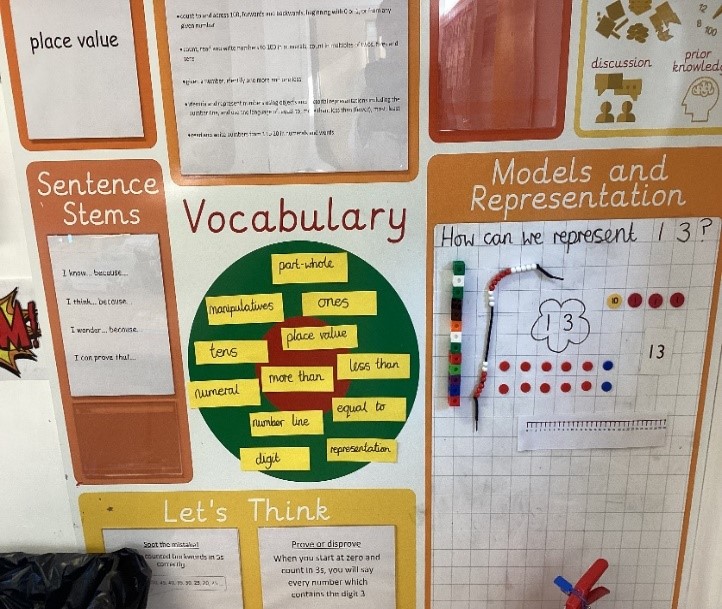
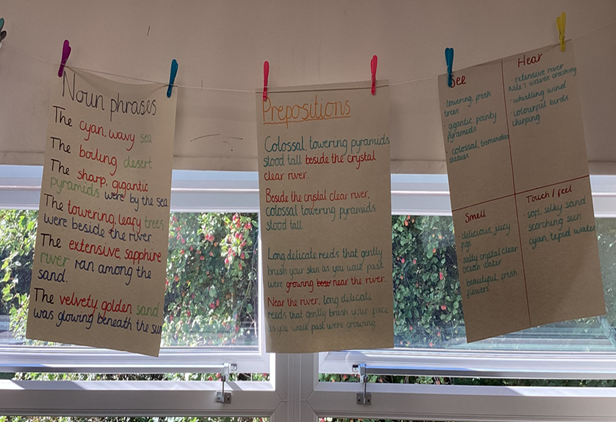
The following models provide a useful scaffold on which we base our teaching principles:

Meaningful engagement supports effective learning and depends very heavily on the relationship between the pupil and the teacher. A teacher that has a good understanding of the students they teach including their interests, personality and perceived strengths and areas for development will be able to accurately pitch learning content and ensure that there is some relevance to the students.
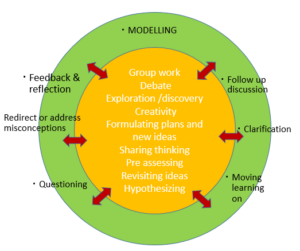
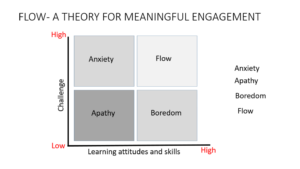
It is known that learning must take effort on the part of the learner and if learning requires no effort, it will not stick. Therefore, if learning is easy, it probably is not worthwhile.
Learning is challenging and tasks encourage a deep level of thinking and opportunity for the raising of questions by the children.

The learning for each half term is displayed for each year group outside of the classroom. This highlights the key enquiry question that leads the learning for that half term, based around a theme. This stimulates an interest and curiosity about what they are learning. It helps them to see the links between subjects too.
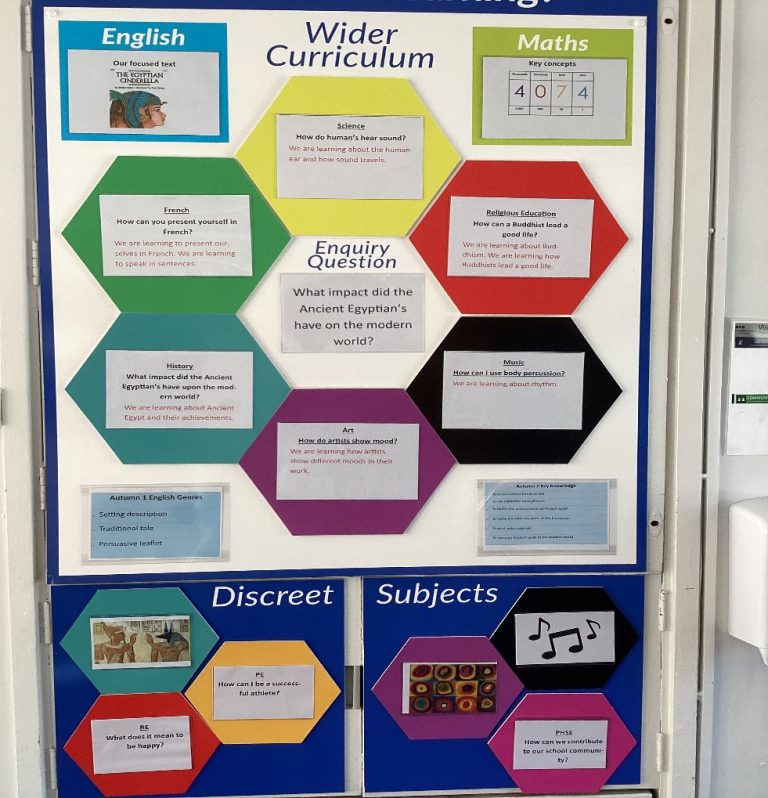
A classroom climate where pupils feel, safe, happy and valued will ensure that a learner is in the best frame of mind to learn. The expectations at Huntingdon Academy are high but fair and are shared by all. At Huntingdon, our teachers and colleagues lead by example in the way that we conduct ourselves, communicate, and work with others.
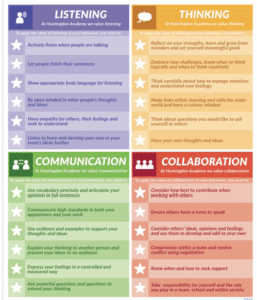
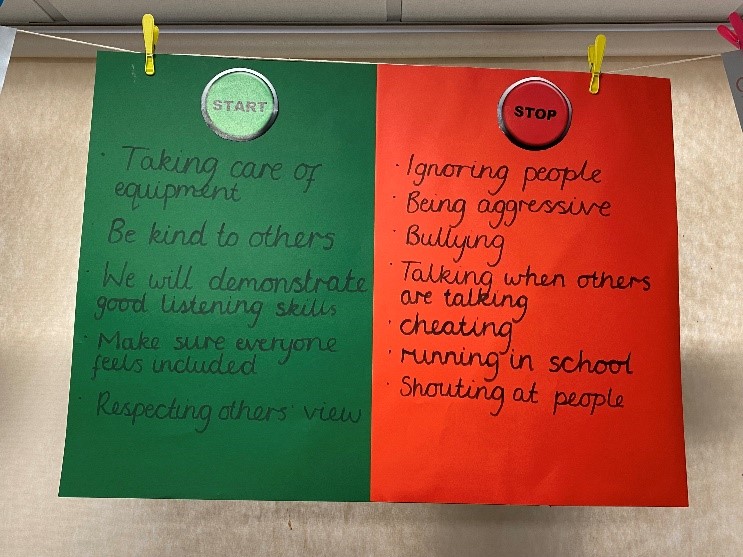
‘We don’t learn from experiences we learn from reflecting on the experiences.’ John Dewey
Peer and self-assessment is used constantly in conjunction with teacher assessment to form targets, next steps and interventions. Feedback must be, done with and not done too! Pupils should know what their targets are and be able to ascertain for themselves whether they feel that they have met the learning objectives. This occurs throughout the lesson not just at the end.
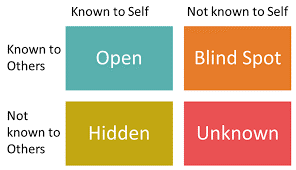
The story of the marking (English)
The teacher has marked in the margin using the symbols in the marking code where the pupil needs to correct their work. The marking is thorough, picking up appropriate spellings for the age group but not necessarily every spelling in the piece of work. The pupil has been able to respond (in purple) putting capital letters and full stops in and has even been challenged to correct their speech marks. There is minimal marking, however the impact the teacher has had on this piece of work is clear. Following the lesson, the teacher has marked a double tick by the learning objective as it has been fully achieved and the child has POG green to indicate that they feel they have fully met the objective too.

The story of the marking (Maths)
The pupil has made a mistake when sequencing the numbers. The teacher has spotted during ‘live marking’ the pupil has not understood that they are descending. The teacher has marked ‘f’ where facilitation has been given to the pupil and the pupil has corrected their work in purple pen. Following the lesson, the teacher has marked a double tick by the learning objective as it has been fully achieved and the child has POG green to indicate that they feel they have fully met the objective too.
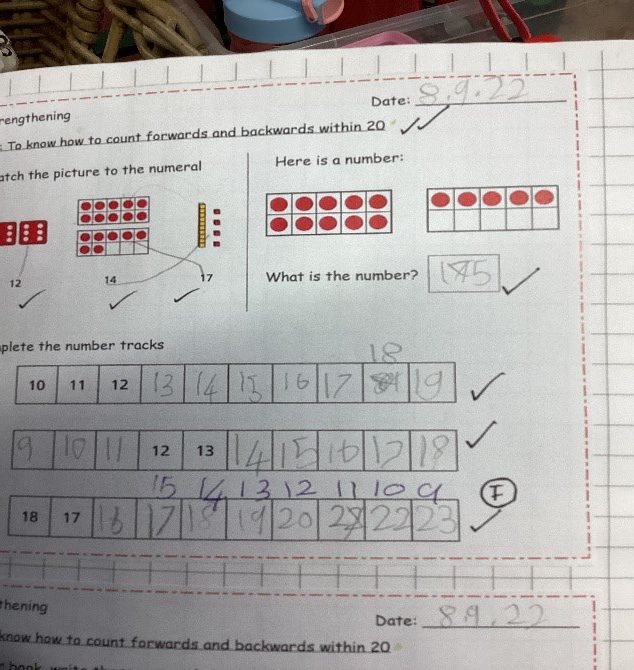
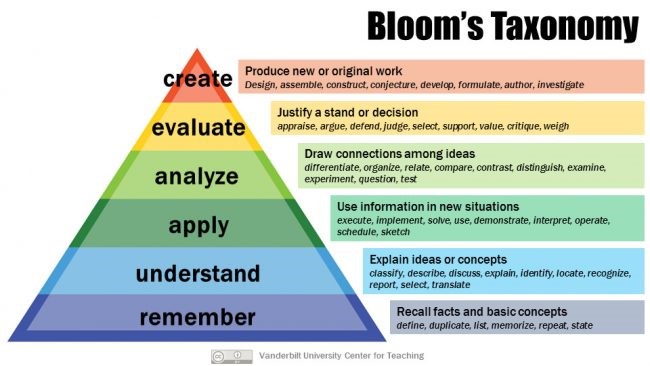
We are aiming for children to be the creators of the questions rather than the ones that can respond to them. Questions must be crafted to challenge the thinking of the pupils in this way.